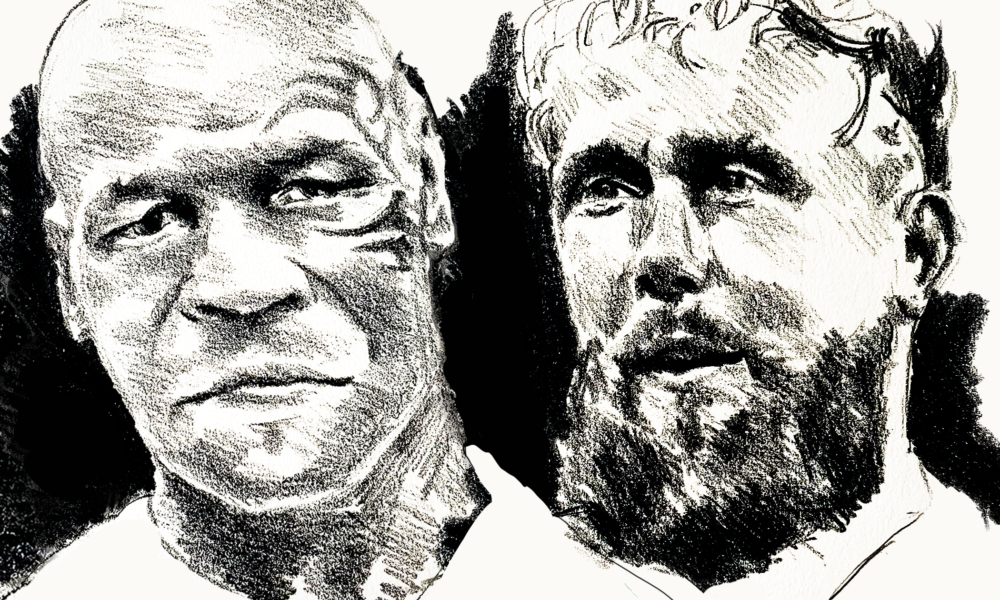The recent clash between Jake Paul and Mike Tyson has ignited the debate surrounding the burgeoning phenomenon of YouTube boxing. This peculiar intersection of sports and entertainment has seen a meteoric rise, driven by a blend of celebrity, controversy, and colossal paydays. While some hail it as a renaissance for the sport, others view it as a cynical exploitation of nostalgia and a dilution of boxing’s core principles.
At the heart of this debate lies the economic allure of YouTube boxing. The business model is simple yet lucrative: Pair a popular YouTuber or influencer with a recognizable name from the world of combat sports, hype the fight relentlessly, and rake in the profits. Pay-per-view revenue, merchandise sales, and sponsorship deals form the bedrock of this fruitful enterprise. Paul, the poster boy of the movement, has mastered the art of generating buzz. His confrontational style, coupled with his willingness to take on established fighters, has captivated a massive audience. The fight against Tyson, a legendary figure in the sport, was a masterclass in generating hype. The age disparity, the contrasting styles, and the sheer spectacle of it all made for compelling viewing.
The first bell sounded, and boxing fans collectively let out defeated sighs across the globe, watching the titan Mike Tyson stumble around the ring—heavily aged and comparatively frail—while Paul taunted, danced, and cackled. Was this really a display of boxing, or just new-age theatre for a $40 million USD payout? With a strong emphasis on trash talk, big noise, and social media buzz, and a neglect of honed skill and the ‘killer instinct,’ influencer boxing portrays a lack of authenticity that seems to offend die-hard boxing fans that grew up watching the likes of Muhammad Ali, who embodied the discipline, charisma, and fortitude that boxing demands of its athletes.
However much money “hype” fights generate, they also raise concerns about the integrity of the sport. Some argue that these exhibition matches, often featuring mismatched opponents, dilute the value of genuine boxing contests. The focus shifts from technical skill and athletic prowess to entertainment value and shock factor. This shift could dilute the sport’s prestige and erode the respect it has earned over centuries.
Moreover, the financial disparities between traditional boxing and YouTube boxing are stark. While top-tier boxers may earn millions of dollars per fight, the majority of fighters struggle to make a decent living, with purses worth next to nothing compared to the one per cent, the likes of Tyson Fury, Anthony Joshua, Deontay Wilder, and more. On the other hand, YouTube boxing offers lucrative opportunities to a select group, often at the expense of the sport’s broader ecosystem.
As the dust settles on the Paul-Tyson fight, it is clear that YouTube boxing is here to stay. However, the future of the sport will depend on striking a balance between entertainment and authenticity. By prioritizing competitive integrity and ensuring fair compensation for all fighters, pioneered by Jake Paul and his company, Most Valuable Promotions, YouTube boxing can evolve into a force for good, rather than one of destruction. This means implementing stricter regulations, investing in proper training facilities, and promoting the development of young talent. By fostering a culture of respect and professionalism, YouTube boxing can help elevate the sport and attract a more diverse audience.
Ultimately, key players in YouTube boxing will determine its legacy through their choices. If YouTube boxing continues to prioritize spectacle over substance, it risks becoming a fleeting fad that leaves a negative impact on the sport. However, if it can evolve into a platform that celebrates both entertainment and athleticism, it has the potential to revitalize boxing and attract a new generation of fans.








